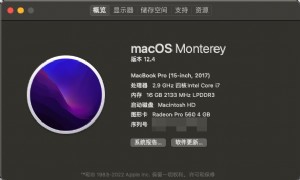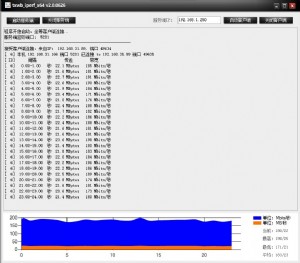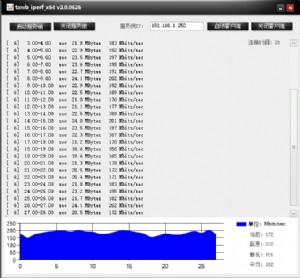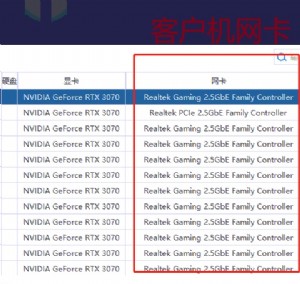路由技术 路由器设置可选择性数据包丢弃
当路由协议数据包、管理数据包、keepaive等信息进入路由器时需要RP(Route Processor)来处理,或者说目的地址是路由器本身时,也需要由RP来处理。当有针对路由器自身的dos攻击时,如果所有信息都有RP处理,很容易导致路由器瘫痪。此时可通过设置selective packet discard来丢弃一些恶意的数据包,来保证设备的稳定运行。
* SPD默认是enable的 ;* SPD最初只是为pos口设计的,但后来GE口也可以使用spd技术
* 7200 Series Router
* 7500 Series Router
* 12000 Series Router
SPD可通过2种方式丢弃数据包:
* SPD State Check
* Input Queue Check
所有到RP的数据包可分为2类:
* 如果进入priority queue的,并且priority为7和6的,永远都不会被drop掉
* 其他数据包被放入general packet queue,并进行spd state check
对于进入general packet queue的数据包,也就是进行spd state check的数据包会进行如下处理:
* 如果queue的长度小于min-threshold,正常包和畸形包都不会被drop掉
* 如果queue的长度在min-threshold和max-threshold之间
* 如果是normal mode,正常包和畸形包会被随机的丢弃
* 如果是aggresive mode,所有畸形包会被丢弃
* 如果queue的长度大于max-threshold,那么所有正常包和畸形包都会被drop掉
* 如果spd工作在aggressive mode,所有的畸形包会被丢弃,例如invalid checksum、incorrect version、incorrect header length、incorrect packet length等。
* 通过命令ip spd mode aggressive开启aggressive mode
* 12000系列路由器不支持aggressive mode,因为畸形包在会被每个linecard丢弃,而不需要由GRP(gigabit route processor)处理
SPD state check是基于RP的,而Input Queue Check是基于interface的。如果不开启spd的话,默认情况下每个interface的queue是75,当queue中的数据大于75时,大于75的部分会被丢弃。这个queue可以通过show interface看到。
GigabitEthernet1/2 is up, line protocol is up
Hardware is GigMac 3 Port GigabitEthernet, address is 0005.5ffd.4082 (bia 0005.5ffd.4082)
Description: sample
Internet address is x.x.x.x/30
MTU 1500 bytes, BW 1000000 Kbit, DLY 10 usec, rely 255/255, load 131/255
Encapsulation ARPA, loopback not set
Keepalive set (10 sec)
Full Duplex, 1000Mbps, link type is force-up, media type is LX
output flow-control is unsupported, input flow-control is unsupported
ARP type: ARPA, ARP Timeout 04:00:00
Last input 00:00:00, output 00:00:03, output hang never
Last clearing of "show interface" counters never
Queueing strategy: fifo
Output queue 0/40, 0 drops; input queue 0/75, 25 drops //[就在这里]
30 second input rate 613917000 bits/sec, 122041 packets/sec
30 second output rate 517166000 bits/sec, 123695 packets/sec
77400124545 packets input, 44369025705444 bytes, 0 no buffer
Received 5898 broadcasts, 0 runts, 0 giants, 0 throttles
647964 input errors, 0 CRC, 0 frame, 485923 overrun, 162041 ignored
0 watchdog, 0 multicast, 0 pause input
69912443364 packets output, 41951561990047 bytes, 0 underruns
Transmitted 1 broadcasts
0 output errors, 0 collisions, 0 interface resets
0 babbles, 0 late collision, 0 deferred
0 lost carrier, 0 no carrier, 0 pause output
0 output buffer failures, 0 output buffers swapped out
如果需要修改这个queue的长度,可通过以下命令修改
O-HPM-GSR-1(config-if)#hold-queue ?
<0-4096> Queue length
O-HPM-GSR-1(config-if)#hold-queue 100 ?
in Input queue
out Output queue
O-HPM-GSR-1(config-if)#hold-queue 100 in
O-HPM-GSR-1(config-if)#hold-queue 100 in ?
O-HPM-GSR-1(config-if)#hold-queue 100 in
如果开启了SPD,那么priority为7和6的数据包会进入process level input queue(这个queue的名字叫headroom),而其他的数据包仍然会放在interface input queue里。process level input queue的大小默认为100.也就是说当interface总的queue长度175被用满后,priority是7和6的数据包就会被丢弃了。对于 GSR来说,这个process level input queue的长度默认是1000,这是由于clear ip bgp时会有很多packet进来,如果还是100的话,很多bgp包会被丢弃,这样就会影响网络收敛的速度。
由于ospf、isis、ppp、clns这类igp和2层链路间的keepalive的priority和bgp一样,如果在一个很大的bgp网络中, bgp的packet会比igp的多的多,那么他会大量的占据headroom,这就有可能导致igp的中断、或者直接在layer 2链路down掉。因此对于这样的数据包,默认再分配一个值为10的extended headroom,来保证igp和layer2 link的正常工作。
O-HPM-GSR-1#sho ip spd
Current mode: normal.
Queue min/max thresholds: 73/74, Headroom: 1000, Extended Headroom: 10
IP normal queue: 0, priority queue: 0.
SPD special drop mode: none
| 欢迎访问最专业的网吧论坛,无盘论坛,网吧经营,网咖管理,网吧专业论坛https://bbs.txwb.com |
关注天下网吧微信,了解网吧网咖经营管理,安装维护:

本文来源:赛迪网-技术社区 作者:佚名


 天下网吧·网吧天下
天下网吧·网吧天下








